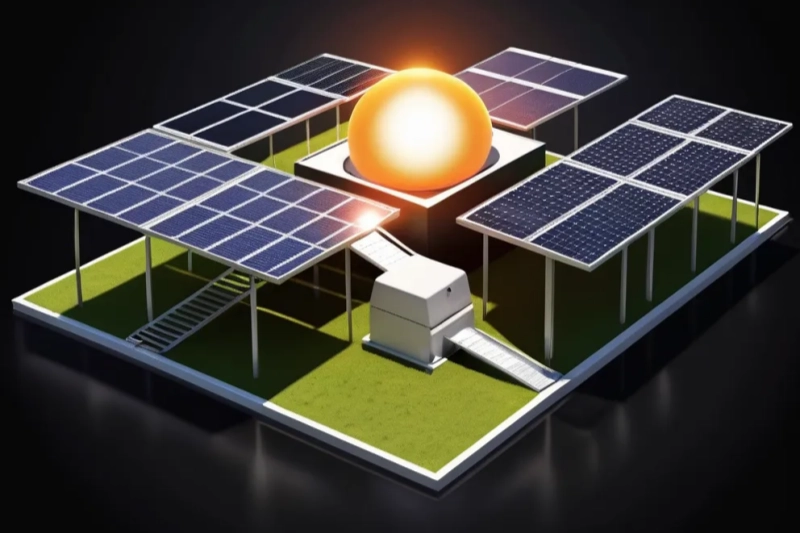Summary:
BIPV, or Building-Integrated Photovoltaic, is a revolutionary approach to harnessing solar energy that combines solar panels directly into a building's structure. This comprehensive guide will delve into the concept, benefits, types, and key considerations for buyers.
1. Understanding BIPV
BIPV (Building-Integrated Photovoltaic) is a cutting-edge technology that integrates solar panels seamlessly into a building's structure, often as part of the roof or facade. Unlike traditional solar panels that are mounted on top of a building, BIPV panels are designed to blend seamlessly with the architectural design. This integration not only provides a sustainable energy source but also enhances the building's aesthetics and value.
2. BIPV Companies and Manufacturers
There are numerous companies and manufacturers specializing in BIPV technology. These companies offer a wide range of BIPV products, including roof-integrated panels, façade-integrated panels, and window-integrated modules.
3. Benefits of BIPV Systems
Enhanced Aesthetics: BIPV systems offer a sleek and modern look, complementing various architectural styles.
Increased Energy Efficiency: By generating electricity on-site, BIPV systems reduce reliance on the grid and lower energy costs.
Environmental Sustainability: As a renewable energy source, BIPV systems contribute to a greener and cleaner planet.
Improved Property Value: Buildings with BIPV systems often have higher resale values due to their energy efficiency and sustainable features.
Reduced Maintenance: BIPV panels typically require minimal maintenance compared to traditional solar panel systems.
4. Types of BIPV Systems
Roof-Integrated BIPV: These systems are designed to replace traditional roofing materials, offering a seamless and visually appealing solution.
Façade-Integrated BIPV: BIPV panels can be incorporated into building facades, creating unique and eye-catching architectural elements.
Window-Integrated BIPV: Transparent or semi-transparent BIPV modules can be integrated into windows, allowing for natural light while generating electricity.
Conclusion
BIPV systems offer a sustainable and aesthetically pleasing solution for harnessing solar energy. By understanding the concept, benefits, and leading companies in the BIPV industry, you can make an informed decision about whether a BIPV system is right for your building project.
FAQs
1. What is the difference between BIPV and traditional solar panels?
BIPV panels are integrated into a building's structure, while traditional solar panels are mounted on top of a building. BIPV panels offer a more seamless and aesthetically pleasing look.
2. Can BIPV systems be installed on existing buildings?
Yes, BIPV systems can often be retrofitted to existing buildings. However, the feasibility of installation may depend on the building's structure and architectural style.
3. Are BIPV systems more expensive than traditional solar panels?
The upfront cost of a BIPV system may be higher, but the long-term energy savings and potential government incentives can make them a cost-effective investment.


